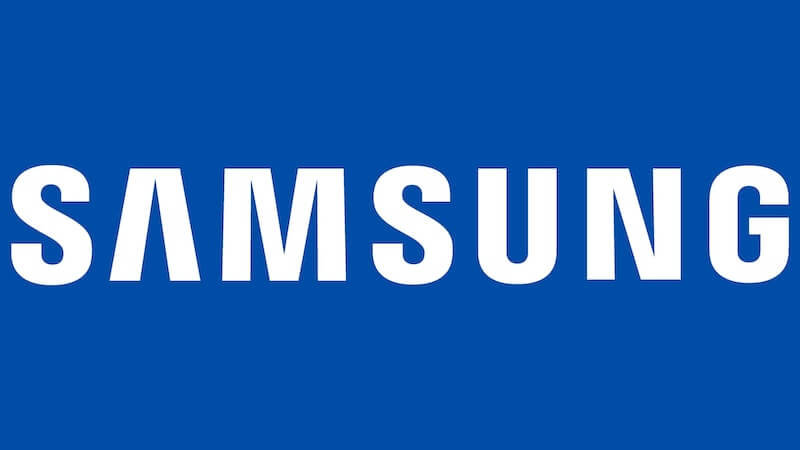The tech world is abuzz with the ongoing quest for the perfect blend of power and sleekness in smartphones. A recent quarter stack durability test pitted four devices against each other: the Samsung Galaxy S25 Edge, iPhone 16 Pro, Samsung Galaxy S25 Ultra, and the venerable iPhone 6s. This test, while not scientifically rigorous, offers a compelling visual representation of each phone's thinness and, arguably, its structural integrity relative to its size.
The Samsung Galaxy S25 Edge, launched on May 13, 2025, immediately stands out due to its remarkably slim profile. Samsung has emphasized thinness as a key design element. The quarter stack test quantifies this focus, with the S25 Edge accommodating approximately three quarters. This measurement aligns with its official thickness of 5.8mm, making it one of the slimmest smartphones currently available.
In contrast, the iPhone 16 Pro, released in September 2024, and the Samsung Galaxy S25 Ultra, launched in January 2025, both registered around five quarters in the stack test. This corresponds to their respective thicknesses of approximately 8.3mm and 8.2mm. While these phones aren't marketed primarily for their thinness, they still represent flagship devices with a balance of features and form factor. The iPhone 16 Pro boasts a larger 6.3-inch display, a powerful A18 Pro chip, and advanced camera capabilities. The S25 Ultra features a 6.9-inch display, a top-tier camera system including a 200MP main sensor, and a built-in S Pen.
The inclusion of the iPhone 6s in the test provides a nostalgic benchmark. This phone, released in 2015, was once considered a paragon of slim design. However, in this comparison, it accommodates around four quarters, highlighting how smartphone designs have evolved. While the iPhone 6s was revolutionary for its time, modern devices pack significantly more technology into comparable or even thinner frames.
Beyond mere dimensions, the durability aspect of the quarter stack test raises questions about the structural trade-offs in pursuit of thinness. The Samsung Galaxy S25 Edge, while visually striking, might face increased scrutiny regarding its ability to withstand everyday wear and tear. However, Samsung is using the brand-new Gorilla Glass Ceramic 2 on the display and a flat titanium band surrounding the body to further strengthen the phone.
It's important to note that the quarter stack test is not a comprehensive measure of durability. Factors such as materials science, internal construction, and drop performance contribute significantly to a device's overall resilience. More comprehensive durability tests, including drop tests and bend tests, provide a more complete picture. Apple, for example, is known to put iPhones through rigorous testing, simulating various real-world scenarios to ensure they meet the company's quality standards.
The pursuit of thinness in smartphones is an ongoing balancing act. Manufacturers must carefully consider the interplay between aesthetics, ergonomics, performance, and durability. While the Samsung Galaxy S25 Edge pushes the boundaries of slim design, the iPhone 16 Pro and Galaxy S25 Ultra demonstrate that a balance can be struck, offering robust features and durability in a more substantial package. The iPhone 6s serves as a reminder of how far smartphone technology has come, with modern devices achieving greater functionality in increasingly refined designs.



















